2020 has been a great year in terms of visibility for Indians living in America – with Kamala Harris, a woman of color and of Indian origin, holding the second highest office in the land, it heralds sea waves of change in terms of aspirations for the new generation, identity and acceptance as Indian-Americans.
So, does this widespread visibility of Indian-Americans in the political, medical, liberal arts landscape change what it means to be Indian in America now? Does it impact a greater acceptance of Indians and Indian culture? Does it make it less difficult for kids growing up between the two cultures to answer the question ‘Am I Indian or Am I American?’
To answer these questions accurately means to also have an accurate idea/definition of what it is to be “Indian”, “American” or to define exactly what is Indian Culture or American Culture. But defining these can be just as hard as striking a balance between them.
Even if we do use basic parameters to define it, such as, what it says on your passport, or where you were born, or how you dress/talk/eat, or your deeper beliefs/values, it still won’t be an evergreen definition because all of these parameters are constantly changing (at an extremely fast pace) in our interconnected world. At best, we can say that these definitions vary widely for people and are personal based on their own experiences and cultural takeaways.
In fact, identifying what this means and being able to redefine it, in itself means half the battle is won to achieve that balance between both cultures!
So, how do we go about redefining these terms in a way that captures our own unique reality?
The Cultural Iceberg
Before we attempt a redefinition, it might be helpful to use a basic starting point that is easy to connect with. In this regard, my favorite is anthropologist Gary Weaver’s ‘Cultural Iceberg’. According to this model, culture is like an iceberg with most of the deeper substantial part (our beliefs, attitudes and values) hidden underwater (Below the level of our conscious awareness). And the visible part (food, language, celebrations and entertainment) is the smaller, visible and conscious layer. The deeper layer, although unconscious, is constantly playing out through the visible, surface layer.
By using this model, we can analyze different aspects of what both cultures look like on the visible and invisible sections (As predominantly perceived by most). This then gives us a good direction in which we can go about defining what it means to be Indian and American in our own specific contexts and also define the overlapping and conflicting zones in both.
But as Weaver points out, there are new challenges in our globalizing world even at this level:
In our well-intended efforts to quickly familiarize ourselves with the food, customs, dress and celebrations of the world to become and raise multicultural citizens, the visible layer is fast becoming a generic one – where everyone dresses the same, eats ‘global’ food, speaks the same language (one or many) and so on. It no longer is the quick code scan (that it traditionally used to be) to give us insights into the deeper layer. But the reality is, that just like the iceberg, the visible layer (of assimilating a culture through dress, manners, food and language) is quicker to go through transformations than the deeper layer that changes very slowly (core values, thought patterns and belief systems).
It is at the hidden level that the major culture clashes exist and that we are constantly trying to battle and balance in our overlapping worlds.
Striking a Balance Between American and Indian Culture
Although we can’t get our hands around all the deeper values in any culture and tick them off as a checklist, we can get a fairly good idea of dominant values that drive a particular culture.
For example, the value “individualism’ drives not just personal behavior, but it’s the basis of many economic, social policies too in America. Similarly, in India, interdependence in family and nation as a whole is the dominant value that shapes the identity as an individual and the larger political and social landscape.
Many of our internal struggles (with our own selves or while raising kids who share our values), is when these dominant values clash. And even though these clashes may look different from what it was a decade ago – they may still exist in different forms.
Personally, when I see these values as not belonging to America or India but as being on the same continuum, it’s immediately clear that it’s no longer one vs the other – but it’s about striking the right balance between both traits. Because the values in themselves are desirable traits for any individual or society depending on the context and depending on the degree. It’s only when either trait is stretched to the extreme that it is a problem or that you are forced to choose between one or the other. (And you can find plenty of examples in both cultures for this)
For example, the two values Independence and Interdependence can both be either desirable or debatable:
Self-reliance/Independence
When desirable: Paint your own house. Check. Build your own wardrobe. Check. Have your own earnings at the age of 18. Check. Travel solo around the world. Check.
When debatable: Some elders insisting to be independent and not taking the support of their children. A stretch?
Interdependence
When desirable: No phase or no task in life feels like a big deal because there’s always a support system and it’s always team work. (Can’t imagine my first years when my child was born without the help of parents and in-laws or my wonderful cook and domestic help in India!)
When debatable: Misusing or abusing that support to the extent that individual wants and needs are crushed completely. For example, grandparents who don’t ever retire from familial responsibilities.
Let’s take the same two values conflicting as an internal parenting struggle: If my kid doesn’t like disciplined classical music – should I let her/him drop it and try something else or follow my own experience of how I also had many years of resistance before I finally started enjoying it? Striking a balance between encouraging the independent thinker and nudging the child to trust similar experiences of a parent (without maybe resorting to Tiger Mom?) can be tricky but not unachievable.
Similarly, in the context of career choices, pursuing your dreams and goals maybe a desirable trait, but being mindful of how your choices impact immediate family, is to strike that balance between being Indian and American!
With that in mind, here are some more examples of the dominant values that operate in both cultures. It’s important to view these as two ends of a continuum and people have different ‘mixes’ of both values. This is by no means exhaustive and is actually a growing list that I intend to explore in different ways throughout CultureGraft. And I would love to hear additions to this list from you!
- Individualism vs Collectivism
- Self-Reliance and Independence vs Interdependence
- Competition vs Co-operation
- Risk taking vs Stability and safety
- Nuclear family focus vs Extended family focus
- Individual achievement and action vs Group goals and achievement
- Identification through what they do (Individual) vs Identification of who they are (Group Identity)
- Assertive Communication/expression vs Tolerance and resilience
Can we Teach Culture and Values to our Children?
Traditionally, in a monocultural world, this was an automatic process – the dominant values and thought patterns were rewarded and reinforced at the personal, family and community level, with no conflict. So, there was no need to intentionally reflect on or teach these unconscious processes, they were seamlessly woven into the visible layer of celebrations, language and lifestyle.
But in our bi/multicultural realities, it becomes essential to use a magnifying glass for all our everyday interactions and lifestyle and be ever so mindful of the changing landscape. It also means that we actively influence and contribute to a growing ‘third culture’. In my mind, this is actually a good thing, as this state of conflict will push us toward more creative solutions to take the best of both.
Does that mean we sit down to have serious conversations at every meal? Or take or give ‘culture lessons’? Of course not!
Our path to access the deeper layers is through the visible – which is celebrations, language, food and fun! It’s just that the more clarity we build on all the unconscious underlying beliefs and values in everyday situations, the more ways we will automatically discover to integrate it into a harmonious culture on the surface.
The growing visibility of Indian-Americans is a great juncture to reflect more, share more, and attempt to truly acknowledge and be respectful of both the cultures in the deepest way, instead of merely adapting surface realities.
Share your thoughts in the comments below.
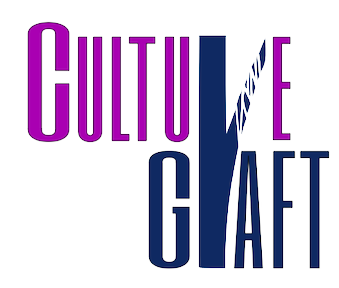
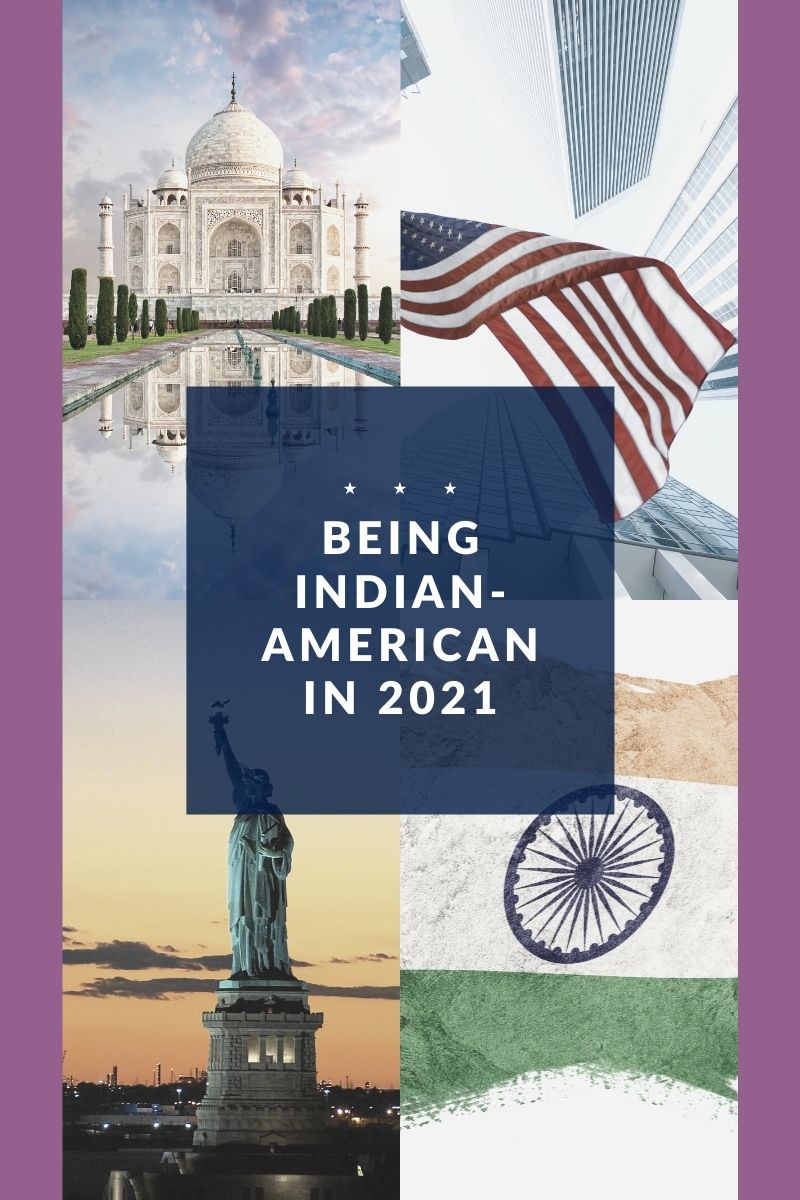
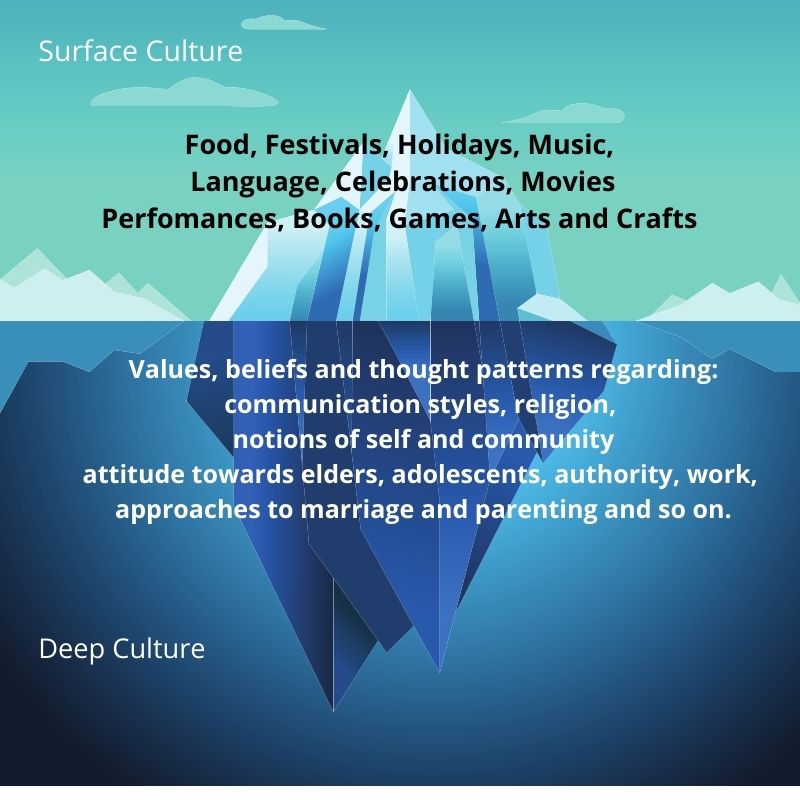

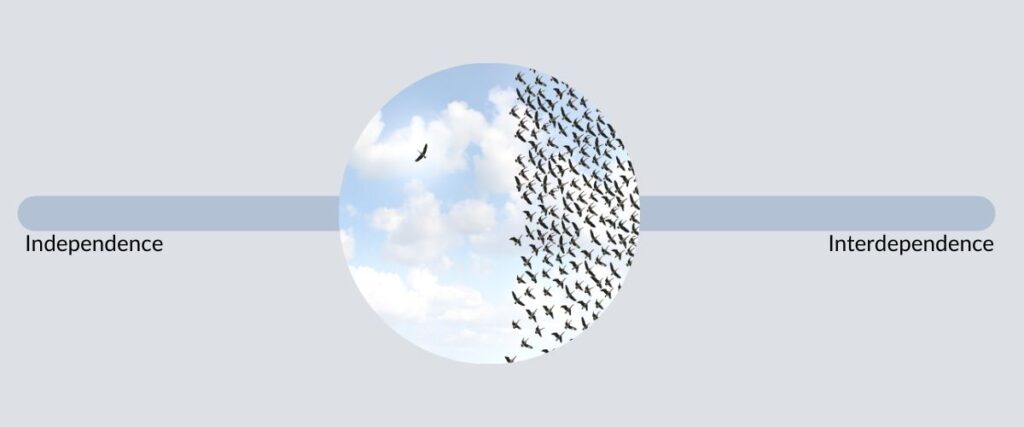
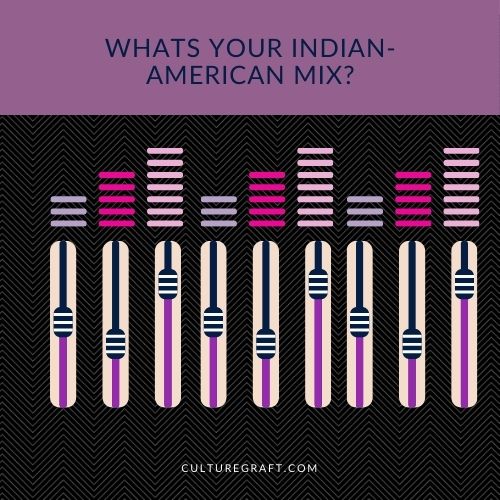






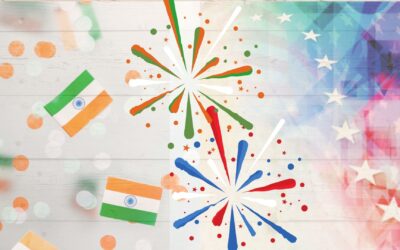
Some deep thoughts presented in a lucid manner. Thanks!
Thanks! Glad you enjoyed it!